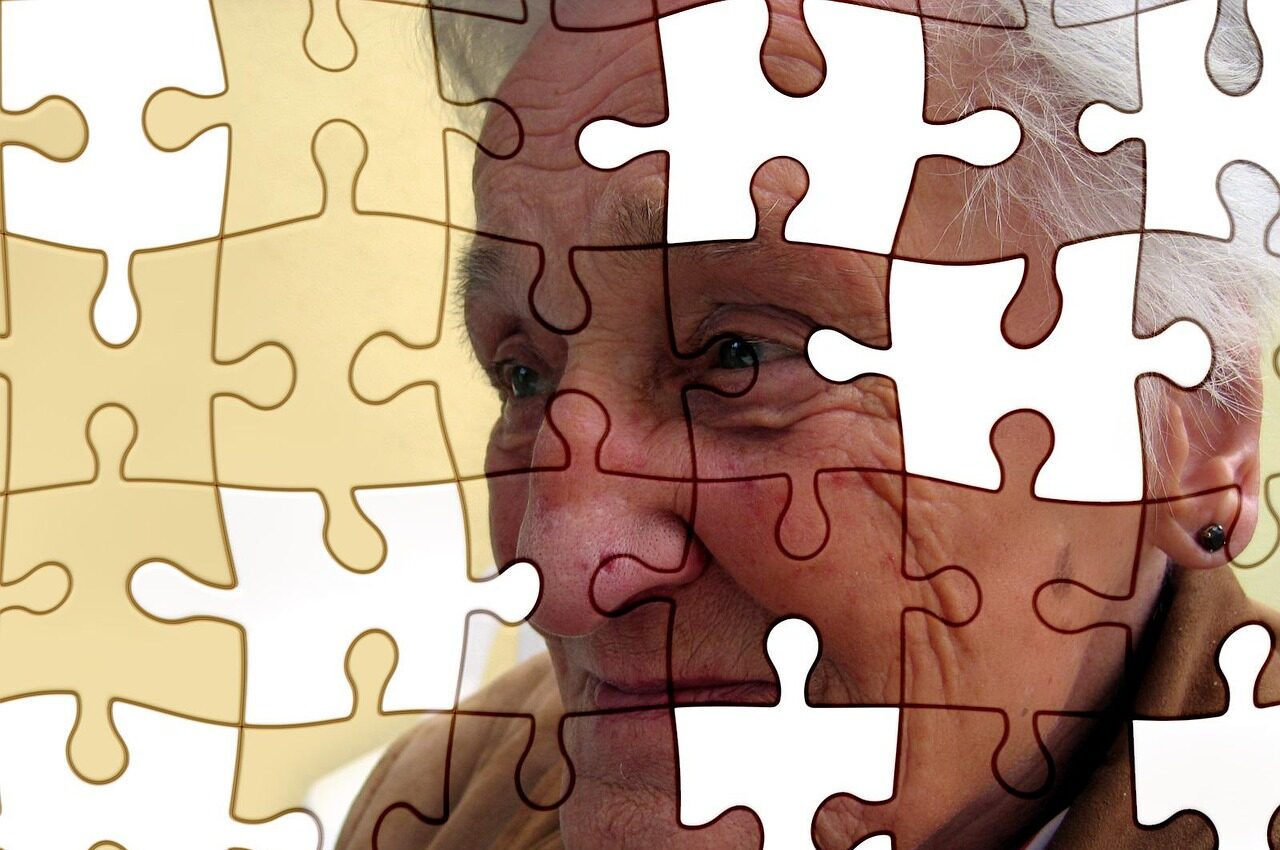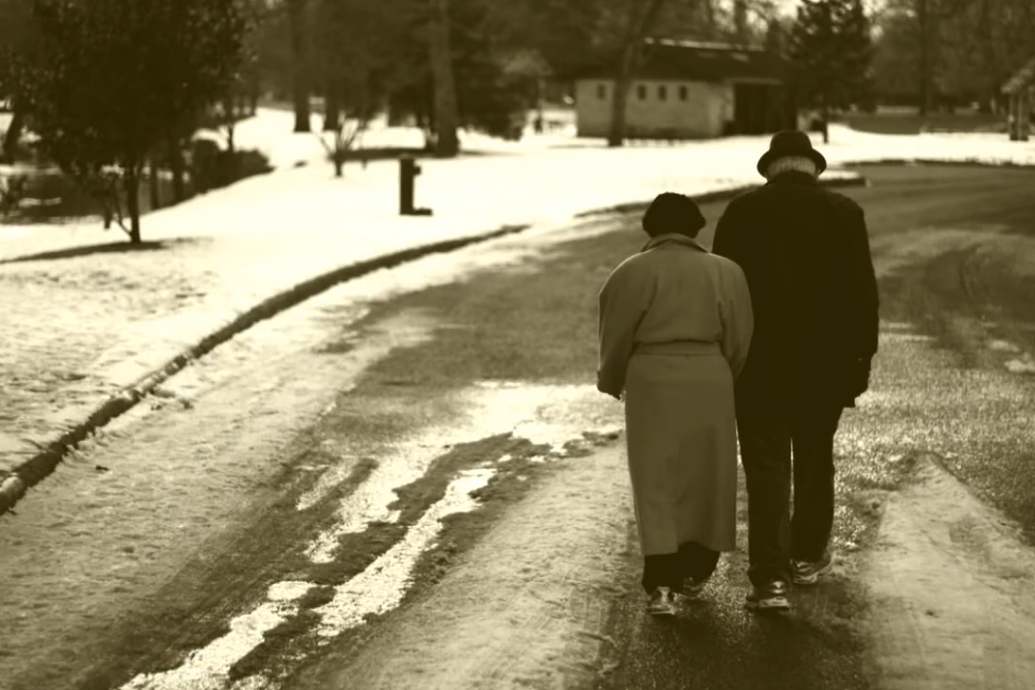Trigger warning — contains frank discussion of suicidal behavior.
Despite encouraging people in mental distress to talk, we still judge suicidal people.
Goethe wrote in The Sorrows of Young Werther:
“We can only discuss something honorably in so far as we sympathize with it.”
We don’t speak about suicide honorably because we don’t sympathize with the person who kills themselves.
As Shelly Kagan said:
“we look at suicide with a mixture of disdain, fear, and disapproval.”
Perhaps this is because we all suffer in life, yet most of us go on living.
Where does this judgment come from? Could it be that most of us have secretly contemplated suicide at some point, and the person that takes their life brings us closer to our own mortality than we’d like to admit?
Because of our fear and judgment, many myths about suicide still ripple through society. Knowledge dispels fear, and this is why I want to discuss the reality of suicide and what we can all do to help.
- Suicide is always an impulsive act.
Sometimes this is true — I’d advise anyone who is suicidal never to be around firearms. But some people meticulously plan their suicide. Many people jumping from the Golden Gate Bridge — one of the world’s top suicide blackspots — flew there for that purpose.
Others get all their finances in order, plan their method, and even seem happier in their final days, knowing what they will do.
The good news is that we often have opportunities to spot warning signs. Here are some of the main ones:
- Talking about wanting to die or kill oneself, feeling hopeless or trapped.
- Being isolated
- Believing they are a burden
- Increased anxiety
- Increased drug or alcohol use
- Looking for a way to access lethal items
- Sleeping too much or too little
- Increased anger
- Extreme mood swings
Killing oneself is often the result of a whole process of thinking. By focusing so much on the day of the suicide, you miss the entire story.
A significant way to help prevent suicide is to give that person hope. If we have hope, we can withstand anything. The best way to do this is to provide a safety net. Make the person realize that even if their worst fear comes true, there is a plan. It might feel bad, but it won’t be a catastrophe.
A safety net could be letting them sleep on your sofa if they lose their house, helping them buy essentials if they run out of money, being someone to talk to about their relationship, or reminding them of their strengths and helping them find a job if they lose theirs.
- Suicidal people are 100% determined to end their lives.
Every suicidal person I’ve spoken to has suffered unbearable tension and stress. They know that if life continues similarly, that tension will worsen.
They don’t want to die; they want to eliminate the tension.
Suicidal people see death as peace. I don’t believe in an afterlife, but we don’t know for sure. We don’t know if killing ourselves will make things better, the same, or worse. Suicide is a gamble.
But as Schopenhauer said,
“As soon as the terrors of life reach the point where they outweigh the terrors of death, a man will put an end to his life.”
As well as struggling with the desire to die, the suicidal person has to contend with the contrasting will to live. Nelly Arcan said that she made her first attempt at 14:
“Thy called it a cry for help. A warning signal. They believed that I didn’t want to die. Who knows? I still don’t know if it’s possible to truly have only that as your goal in life. If it’s possible for someone to unambiguously want to die.”
This is where society’s judgment comes in. We divide people between those we deem as “serious” and those “just attention seeking.” One of the most insulting questions that even professionals ask a repeat suicide attempter is some version of “Why didn’t you do it properly?” They say, “You wouldn’t have told anyone if you were serious.”
Part of the reason for serial attempters is that suicide is harder than it looks. We think the failed suicide is just putting on an act, but suicide is difficult. Most suicidal people are still averse to pain and suffering. As Dorothy Parker wrote with dark humor:
“Razors pain you,
Rivers are damp,
Acids stain you,
And drugs cause cramp.
Guns aren’t lawful,
Nooses give,
Gas smells awful.
You might as well live.”
This is why even the most determined person often leaves clues as part of their ambivalence between ending the pain and wishing for a final rescue.
If you take one thing from this article, stop thinking that people who talk about suicide, or try and fail, are just attention-seeking. Most suicides started with practice runs.
- Talking about suicide encourages it.
If you suspect someone is suicidal, ask them. It’s a myth that you can somehow implant the idea of suicide into someone’s mind if it wasn’t there.
The opposite is true — many lives have been saved by asking someone if they are suicidal. It gives them space to talk about a subject that’s still regarded as taboo.
Talking about suicide is the basis of the Samaritan’s organization. They take calls and visits from anyone feeling distressed but with an emphasis on the suicidal. No matter why someone calls or visits, you must ask them if they feel suicidal, even if it seems ridiculous.
I had a caller once who was upset her friend hadn’t got her a birthday present. After 30 minutes of talking, I asked her if she was suicidal. I almost felt embarrassed.
She said yes. Her friend not getting her a present triggered memories of a lifetime of being let down and neglected. Her call was about so much more than a present. At the end of the call, she thanked me and said she no longer felt suicidal. It all started with that one question.
The reason for the success of the Samaritans is active listening. Most people think they know what it’s like to listen when they are just waiting for the other person to stop talking so they can get their part in.
To listen actively:
- Give the speaker your full attention, look at them, and avoid distraction.
- Use body language to convey attention. Notice your posture.
- Reflect what is being said and ask questions. Use phrases like “What I’m hearing is.” Don’t be afraid to clarify specific points. Get beyond your own personal filters.
- Don’t interrupt with counterarguments. Let the speaker finish.
- Be candid in your response. Treat the person as you would like to be treated.
- People who kill themselves are selfish and weak.
In the aftermath of a suicide, family and friends are angry. It feels like the person has chosen to leave them. The survivors feel like they aren’t good enough and weren’t loved enough, or the person would have stayed.
People talk about suicide as being “the easy way out.” Nothing could be further from the truth.
Many people who kill themselves are suffering a mental illness. Their mind has distorted reality. When I was suicidal, I was sure my loved ones would be better off without me. I look back on that thought process with shock.
Suicidal people know society thinks of them as weak. All that does is make them feel worse. They’re acutely aware that life is unbearable, and their self-loathing is worse than most will ever understand. Don’t torture someone when they’re already on their knees.
As for suicide being the easy way out, remember most suicidal people are ambivalent about dying.
If your heart hasn’t broken yet, imagine the sheer terror involved in climbing to the top of a building, looking down, imagining the fall and the impact, and deciding that that’s preferable to one more minute of this life.
Now remember, most of those people could have been helped.
Click here to join my Substack newsletter about recovering from mental illness, by a former police officer who has overcome PTSD, Depression, and Schizophrenia. Featuring regular Q&As from experts and survivors.
Resources to help if you’re in crisis.
Samaritans: 116 123
Center for Disease Control and Prevention.
Mind.
988 Suicide & Crisis Lifeline.
—
This post was previously published on MEDIUM.COM.
***
You Might Also Like These From The Good Men Project
 Compliments Men Want to Hear More Often
Compliments Men Want to Hear More Often  Relationships Aren’t Easy, But They’re Worth It
Relationships Aren’t Easy, But They’re Worth It  The One Thing Men Want More Than Sex
The One Thing Men Want More Than Sex  ..A Man’s Kiss Tells You Everything
..A Man’s Kiss Tells You Everything Join The Good Men Project as a Premium Member today.
All Premium Members get to view The Good Men Project with NO ADS.
A $50 annual membership gives you an all access pass. You can be a part of every call, group, class and community.
A $25 annual membership gives you access to one class, one Social Interest group and our online communities.
A $12 annual membership gives you access to our Friday calls with the publisher, our online community.
Register New Account
Log in if you wish to renew an existing subscription.
Username
First Name
Last Name
Password
Password Again
Choose your subscription level
- Yearly - $50.00 - 1 Year
- Monthly - $6.99 - 1 Month
Credit / Debit Card PayPal Choose Your Payment Method
Auto Renew
Subscribe to The Good Men Project Daily Newsletter By completing this registration form, you are also agreeing to our Terms of Service which can be found here.Need more info? A complete list of benefits is here.
—
Photo credit: iStock.com
The post 4 Dangerous Myths About Suicide Which Lead to More Deaths appeared first on The Good Men Project.
Original Article










